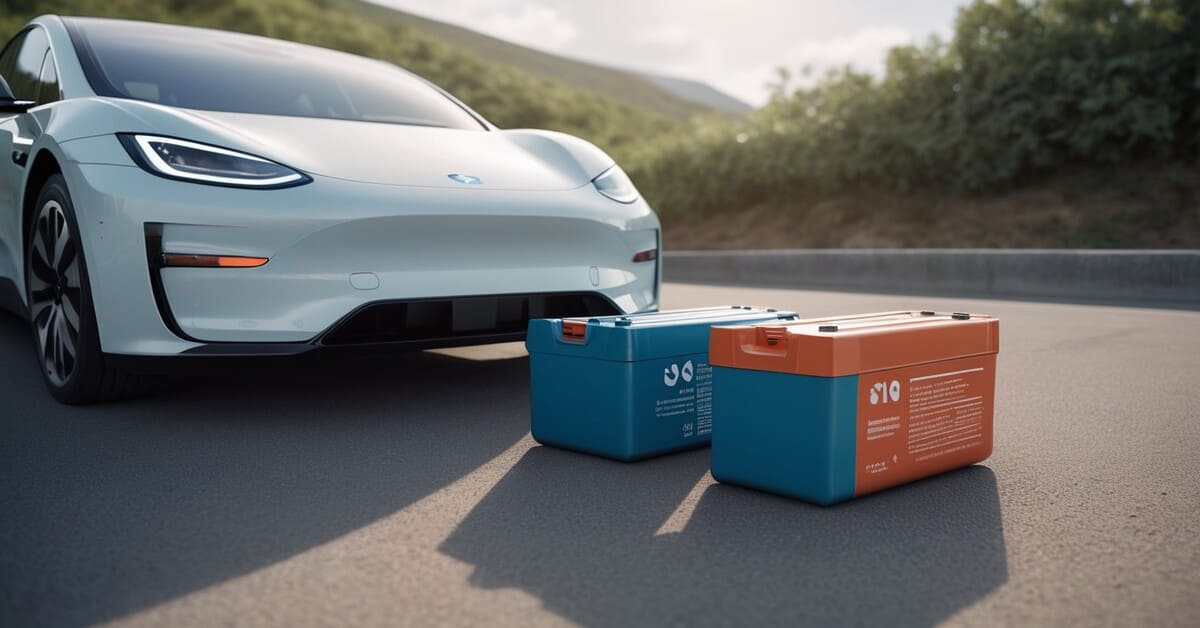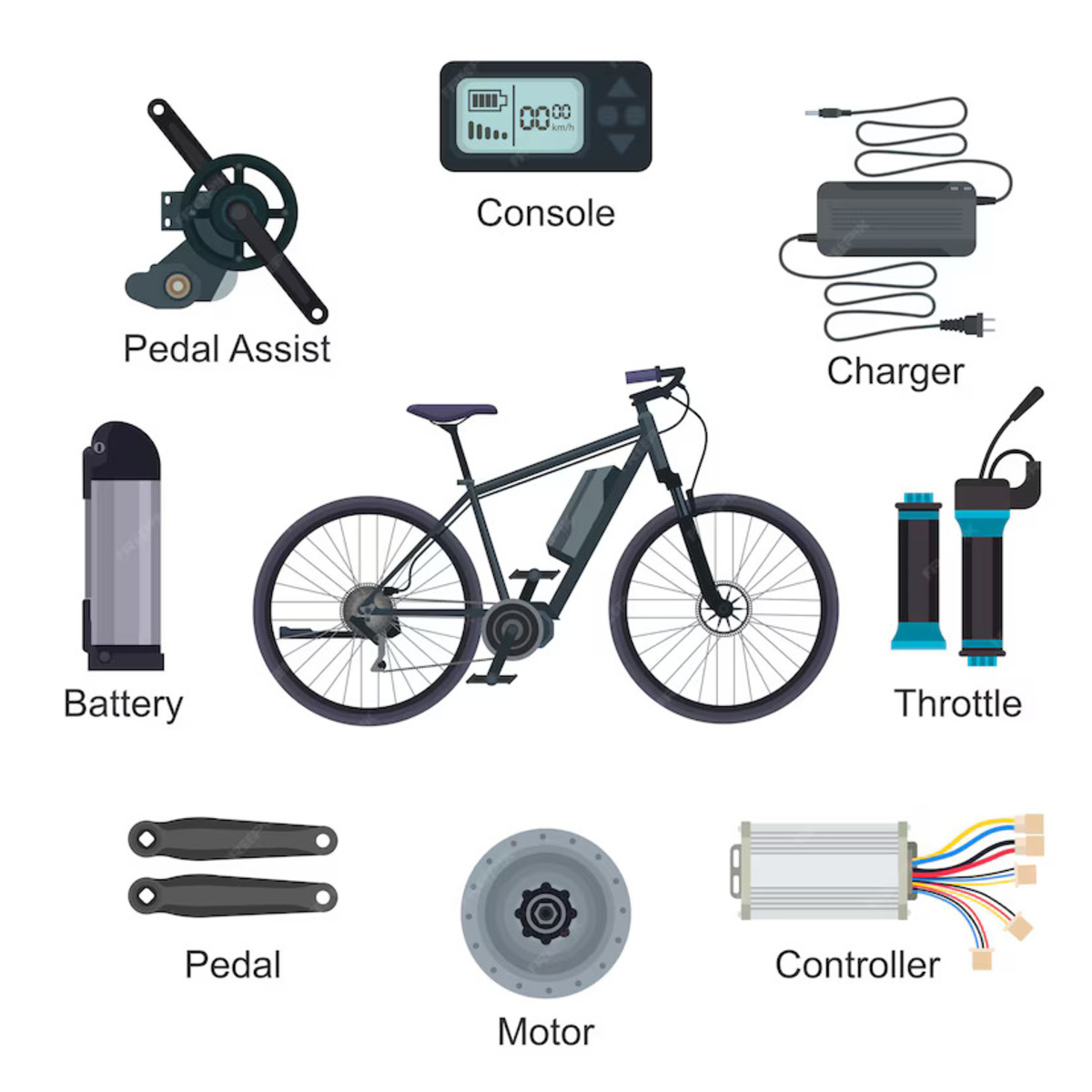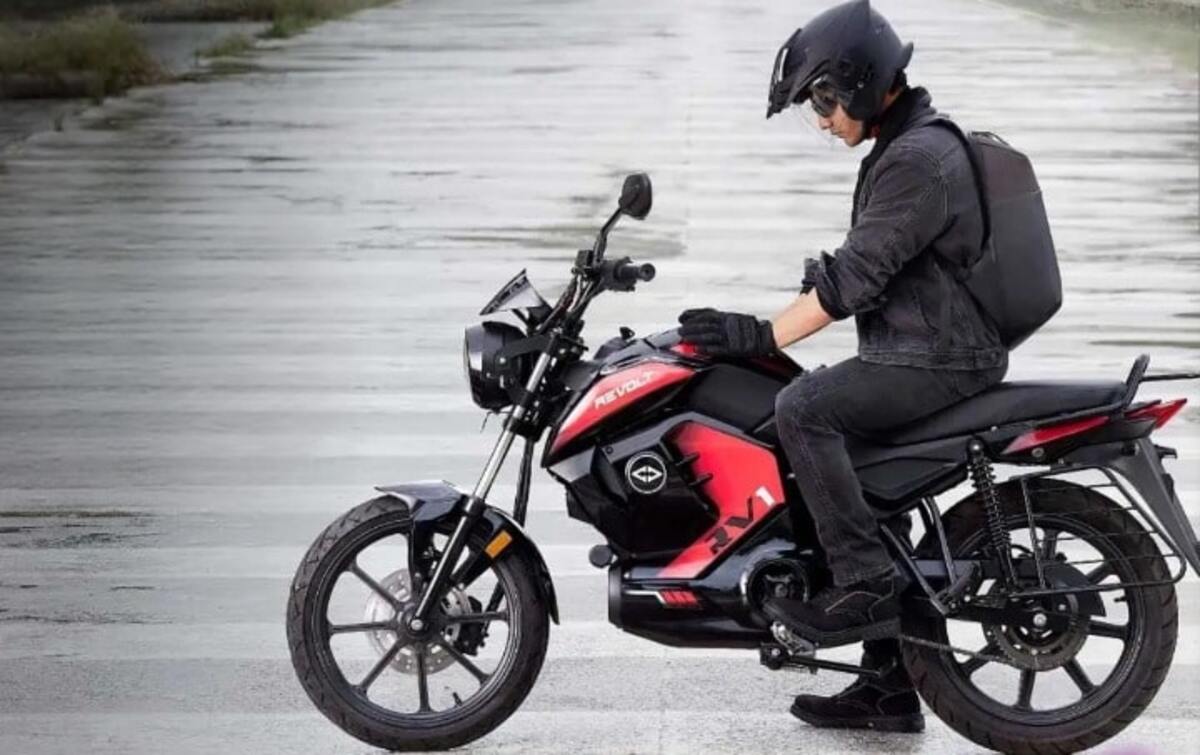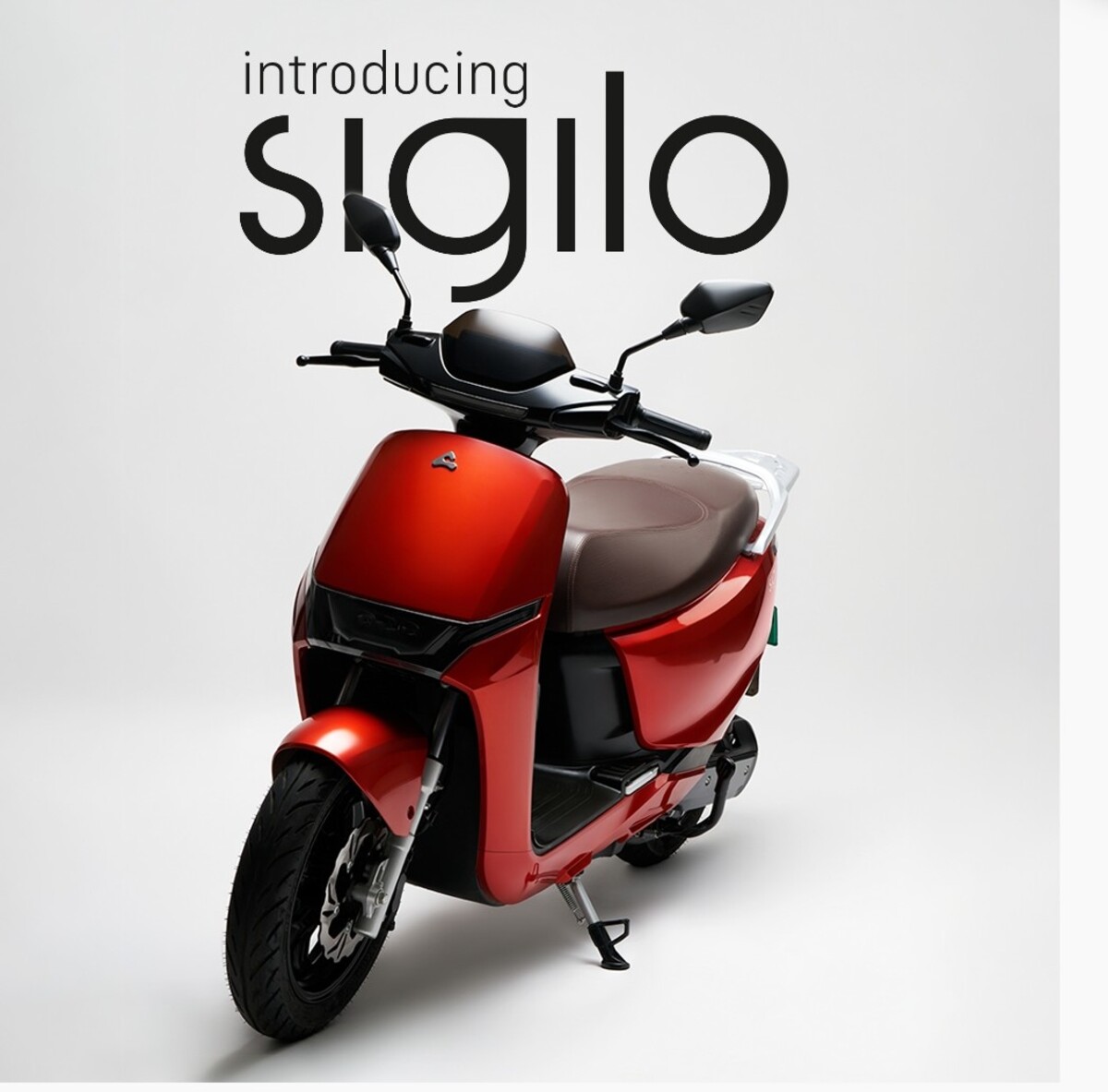This article will provide you the details of the different types of batteries for Electric Vehicles.
EV Battery Technology
Gradually the sales of electric vehicles are increasing; it shows that its future growth will be high. The growth of EVs has opened the gates to new technology. The most important part of electric vehicles is the battery and it takes the lion’s share of the initial investment in electric cars, so keeping this in mind, the manufacturers of automobile companies are focusing on reducing its cost but its capability should remain the same.
A battery of electric car uses stored electricity, provides power to the motor and the engine continues. Batteries are considered the ‘life’ of electric vehicles as they are the only source of energy for electric cars.
The first electric car, which ran on lead-acid batteries, was introduced in the 1900s and it was very large and hefty. Then nickel-metal hydride batteries were developed which were more competent than lead-acid batteries.
Later on, in the early 2000s lithium batteries came into the market and transformed the electric market. Electric vehicles lead to a de-carbonized future as they do not emit any polluting gases. Your electric car’s range (the distance that a vehicle can travel) also depends on the capacity of the battery. If the battery of the electric car is not up to the standard, it would decrease its performance. To increase the performance of electric vehicles, there should be no compromise on the quality of the battery.
Points To Remember To Increase The Performance Of Batteries for Electric Vehicles
The high energy density of a battery is more powerful and it increases its capacity. In addition, it helps the driver to drive it for a long hour. The capacity of your car’s battery will have a direct effect on its range. The energy density of an electric battery depends on how much and for how long a battery can generate power which determines the range of electric vehicles.
The performance of the battery depends on the charging of the vehicle. We should avoid using full charging and as far as possible, we should use slow charger as it increases the capacity of the battery whereas rapid chargers lessens the life of a battery.
Batteries should not remain inactive for a long period as it cuts down the battery’s life. Short circuit, over-charge, and over-discharge can also be reasons to reduce the life of a battery.
Sudden use of acceleration and braking takes more power and reduces the efficiency of an engine. Avoid sudden movements to store the power of the battery as smooth driving improves EV range. A small change in your driving style can improve the efficiency and range of your electric vehicle.
A Battery Management System is a technology that works on how to maximize the life of a battery. It focuses on battery functionality with ideal parameters. It ensures balanced charging to prevent any damage. To take the benefit of the Battery Management System, it should be installed in electric vehicles.
Ultra Capacitors is a device that is used to store electrical energy for electrical vehicles. This device is appropriate as a secondary storage for electric vehicles. It provides additional energy to electric vehicles during acceleration and braking. To enlarge the life of a battery, a combination of battery and ultra capacitors can be an effective method as it exhibits the high energy and high power.
Types Of Batteries For Electric Vehicles
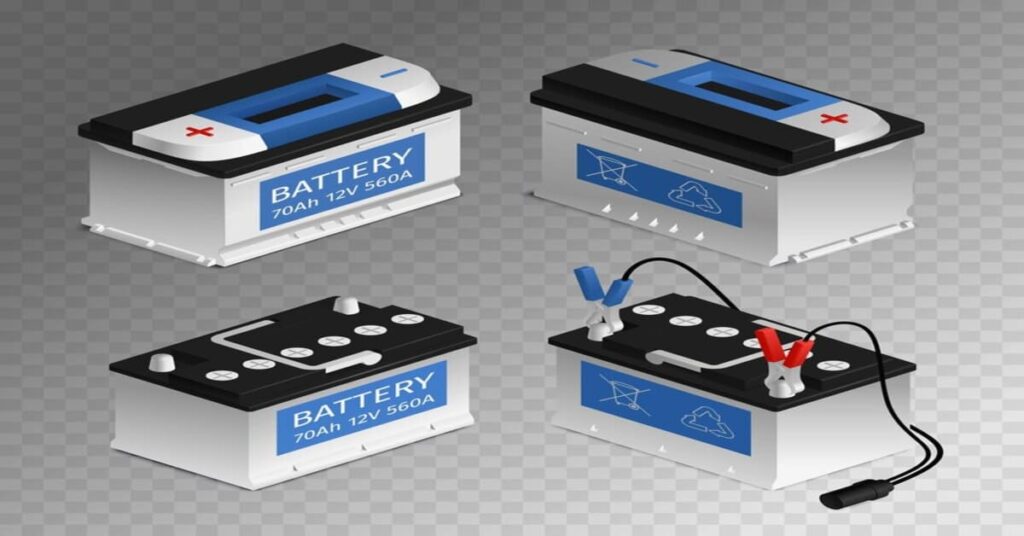
Batteries play an important role in running electric vehicles. The types of batteries also depend on the system of the car. The disposed batteries can create a negative impact on our environment, so manufacturers are supposed to develop eco-friendly batteries that can be recycled and protect our environment. Some companies like Tesla and Redwood Materials are working on environmentally friendly batteries.
Such innovations in EV battery technology will take this automobile industry ahead in shaping the future of EV batteries. The SLI (starting, lighting, and ignition) batteries are mostly used in fossil fuels cars. These batteries are small in size and lighter to provide an initial burst of power and are used to start an engine.
Here we will get to know about different types of electric batteries:
- The Lithium-ion Battery
- The Lead-Acid Battery
- The Nickel-Metal Hydride Battery
- The ZEBRA (Zeolite Battery Research Africa Project) Battery
- The Solid- State Battery
Now we will discuss above listed Batteries For Electric Vehicles in detail:
1. The Lithium-ion (li-ion) Batteries for Electric Vehicles
This battery was developed in the early 90s but gradually it established itself as the foremost technology in the technology world. This battery is mostly used in portable gadgets like laptops, cell phones, etc. This battery is high in power, physical capacity, and size. The Li-ion battery performs well in high temperatures. Of their small size and lightweight, electric cars can go to long distances with a single charge. The lithium-ion batteries are easily accessible, inexpensive, and energy efficient.
The Renault group has used the lithium-ion battery in its ZOE (super-mini electric car) and working to revolutionize our sustainable development. One of the most important characteristics of the lithium-ion battery is that most of its parts can be recycled which became the best choice for those who are very conscious about the environment and want to make it clean.
The Lithium-ion (Li-ion) battery can be divided into many parts:
- The Lithium-ion Iron Phosphate
- The Lithium-ion Nickel Cobalt Aluminum Oxide
- The Lithium-ion Nickel Manganese Cobalt Oxide
- The Lithium-ion Titanate
- The Lithium-ion Cobalt Oxide
2. The Lead-Acid Batteries for Electric Vehicles
The Lead-Acid Battery was invented in 1859 and is considered the oldest rechargeable battery. These batteries are much heavier but comparatively cheaper than other batteries and offer a limited capacity. Nowadays, the Lead-Acid Batteries are very less in use but they were the source of main energy storage up to 80s. To convert chemical energy into electrical energy, the Lead-Acid Battery uses lead peroxide and sponge lead.
The ‘self-discharge’ in the Lead-Acid Battery is the lowest of the rechargeable system. The plates and the containers are a significant part of the lead acid battery construction. It perfectly works in 250C temperatures and increases the life span of the battery but when the temperature increases up to 800C, it reduces the battery life. These batteries are used in electric motors, submarines, and nuclear submarines.
Lead-acid batteries are typically divided into five parts such as flooded battery, sealed battery, value-regulated battery, absorbed glass matte battery, and gel battery.
3. The Nickel-Metal Hydride (NiMH) Batteries for Electric Vehicles
The Nickel-Metal Hydride Battery, battery is used in both Hybrid and electric cars but it is more effective in Hybrid cars. This battery is used in mobile phones, pagers, and other instruments too. One of the major advantages of NiMH is of safety if compared to Li-ion batteries. NiMH batteries are environment-friendly, high power, and energy density. NiMH has a longer life cycle compared to the lead-acid and lithium-ion batteries. NiMH batteries are used in the Toyota Prius and the Honda Insight.
The main concerns of Nickel-Metal Hydride Batteries are that they are more expensive, high self-discharge rate, and produce more heat in high temperatures than high cooling is required to settle high temperatures.
4. The ZEBRA Batteries for Electric Vehicles
The ZEBRA Batteries are also known as Sodium Nickel Chloride Battery. These batteries were mainly developed for electric vehicles. These are rechargeable batteries and work efficiently under high temperatures i.e. 2700C – 3500C. Its main advantage is a high-power cell that helps it to fit in the car. The elements that are used in this battery are very cheap which reduces its maintenance cost. The ZEBRA batteries have high energy density as well as the capacity to tolerate short circuits. Different batteries are made up of many cells and failure of some cells does not destroy the complete battery.
5. The Solid- State Batteries for Electric Vehicles
The Solid- State Batteries have come up with a revolutionary technology. These batteries exhibit a new era of efficiency and protection. The biggest advantage of the Solid- solid-state battery is higher cell density and it is done because of its ability to use lithium by removing the carbon anode. This higher cell density increases the durability of the battery and it becomes an important point of selling the battery.
Safety is the advantage of the Solid-solid-state battery. For instance, a liquid electrolyte is used in a lithium battery and that liquid can leak and cause destruction in case the battery gets damaged but a solid electrolyte is used by a solid-state battery and there are fewer chances of solid electrolyte getting leaked. This advantage can be an attractive option for buyers whose priority is always the safety of electrical vehicles.
The first lithium-based solid-state battery was launched by QoiVolta. (India-based company) It was developed with higher energy density and safety. Solid-state batteries are eco-friendly too.
Solid-state batteries do not perform well in low temperatures and it limits the performance of a battery in cold weather. The materials like solid electrolytes that are used in solid-state batteries are more expensive. Besides it, there is another challenge of interface stability in solid-state batteries and it slows down the performance of the battery. Despite these obstacles, the benefits of solid-state batteries provide efficient energy storage solutions.
You may also read:
10 Recycling Lithium-ion Battery Companies in India
Recycling of Electric Vehicle Batteries
12 Effective Tips for the Maintenance of Electric Vehicle Batteries
Top 10 EV Battery Manufacturers In India
How Fast Charging Impacts Electric Vehicle Battery
EV Battery Swapping: A leading technology
Conclusion
The batteries for Electric Vehicles has noticed an extraordinary revolution and as a consequence, not only the range but also the charging time (with rapid charging stations) of an electric car has improved which has increased the efficiency of cars. Because of the surging demand for electric vehicles, the demand for good-quality batteries has increased automatically in the last decade. Discussion about recent developments and new technologies for EVs is a hot topic to talk about. The deep assessment of the EV battery will lead the market system for electric vehicle adoption.
In nut shell, it can be stated that the lithium-ion battery is the most preferable choice for people among all the batteries for Electric Vehicles because of its light weight and not to produce excessively heat in high temperatures. ZEBRA (Zeolite Battery Research Africa Project) battery was invented in 1985 and is considered zero-emission. Nickel Metal Hydride battery is considered fit for electric vehicles.
